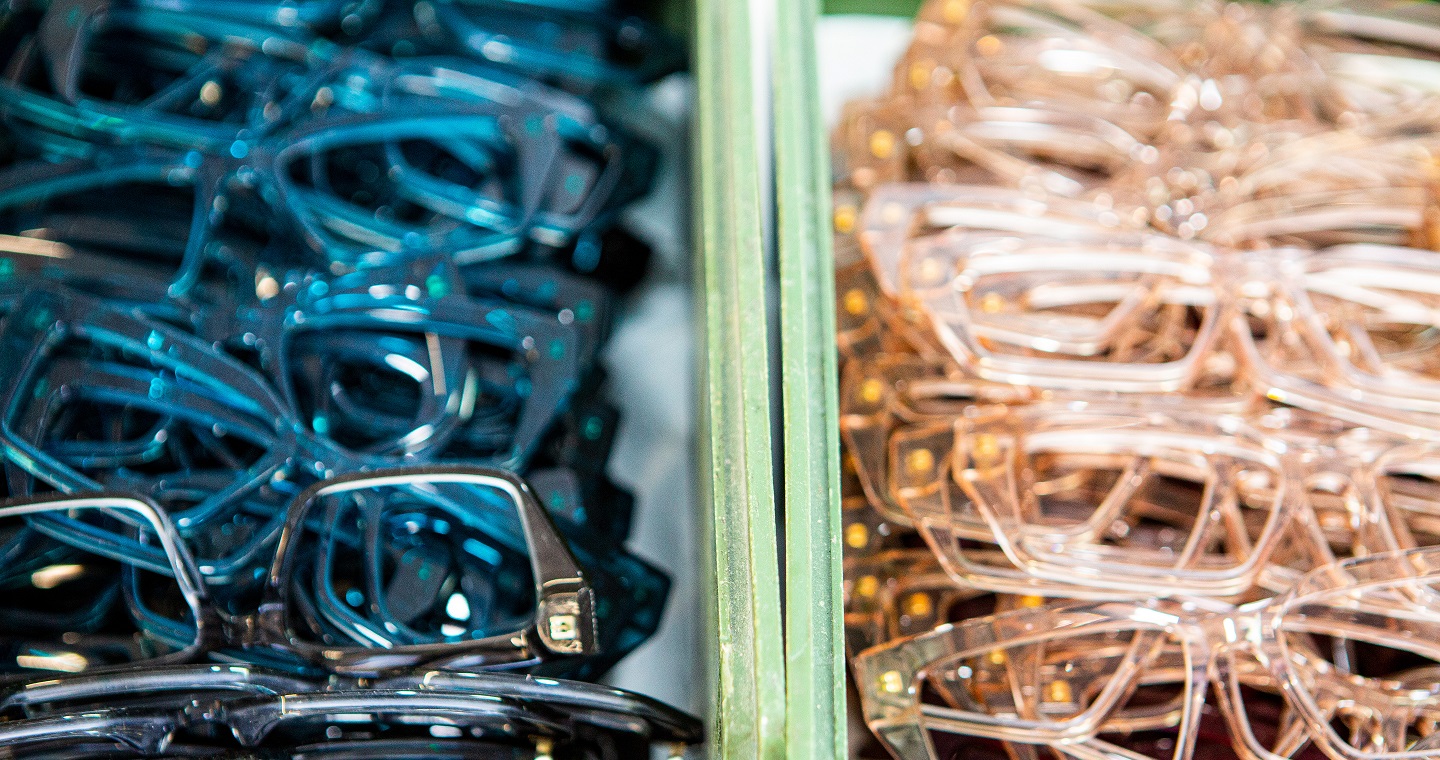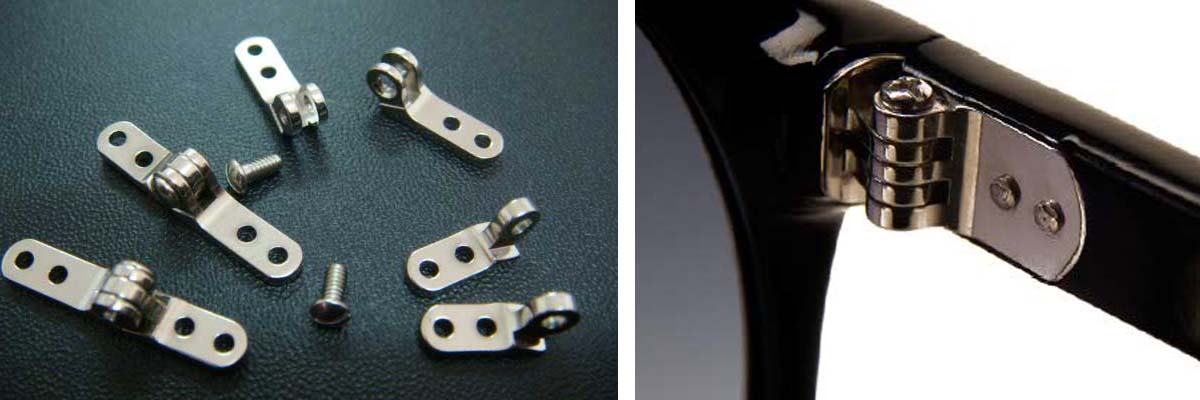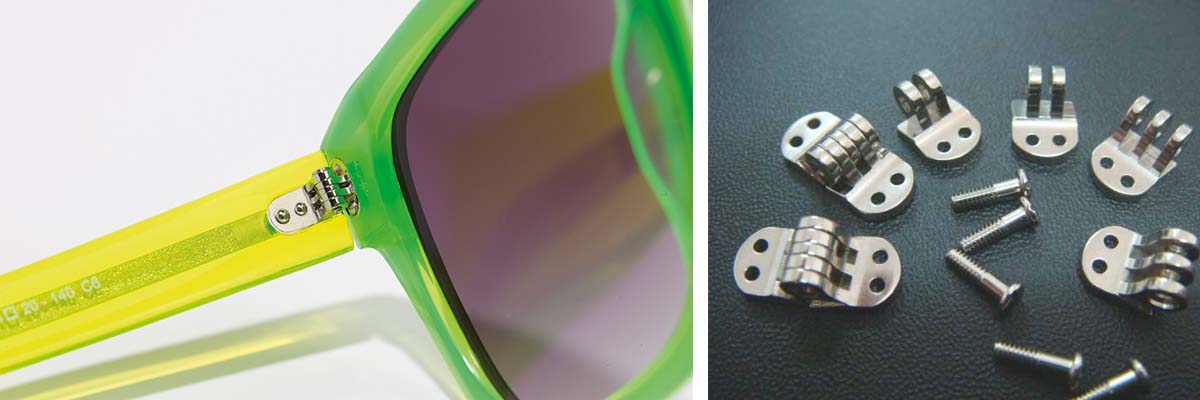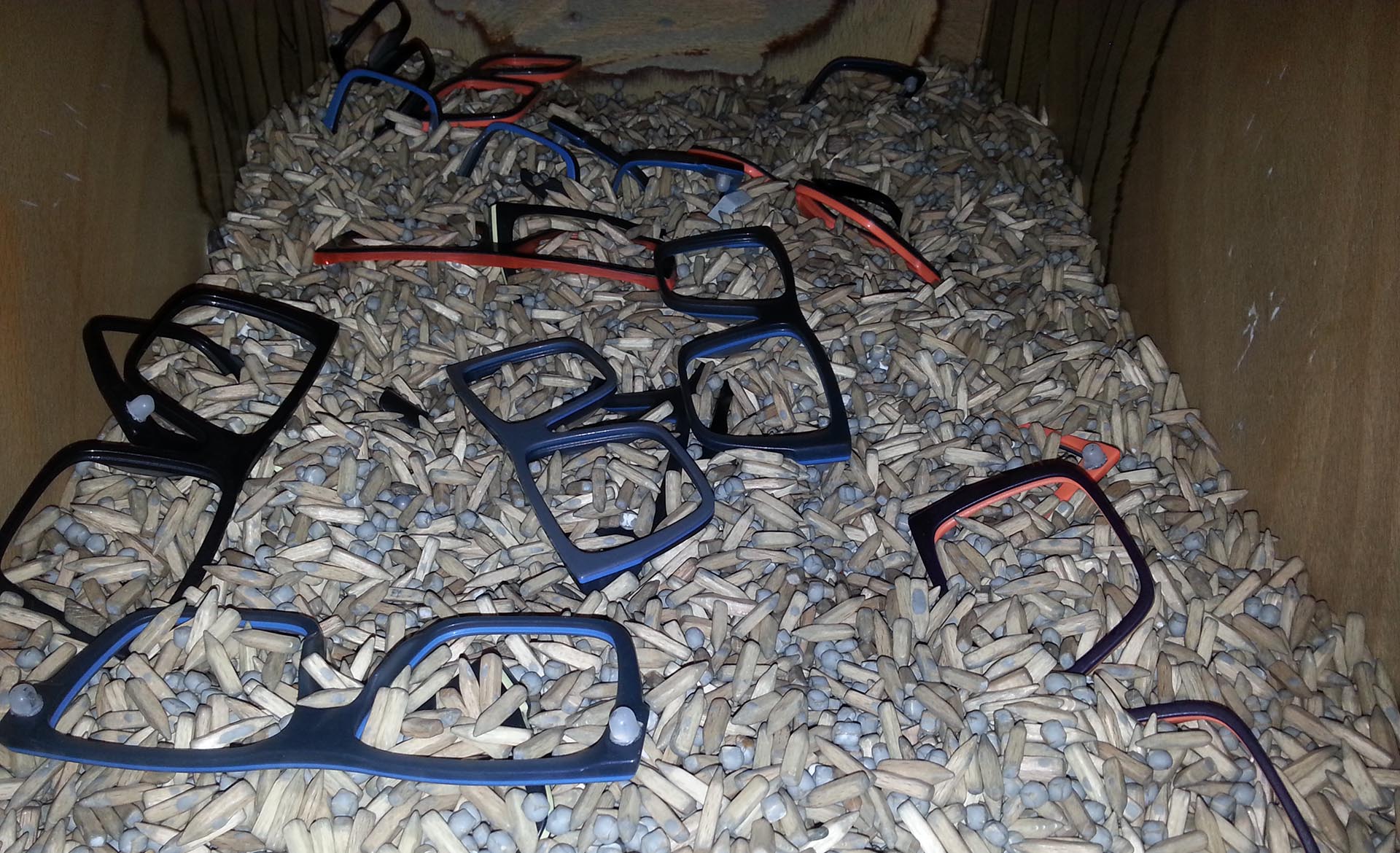5 trends to watch in eyewear manufacturing
After the breakthrough of the pandemic and during the famous lockdowns and after them, we have noticed some trends that complicate the established eyewear manufacturing relationships for several businesses worldwide. The supply chain of eyewear has been altered and still emerging to a new International status quo.
Instability in delivery dates
The return after the lockdowns has unveiled factories that struggle to re-hire their skilled employees, as several people have changed their lives and priorities and they are not willing to return to their jobs. Some of them fear for their health, others have changed their priorities or their homes, especially in Asian factories where internal immigration for work was a common practice.
The shortage of labor power has created instability in the readiness of the production lines, especially in Asian factories where the state of China has not provided transparent information about the COVID19 status.
Therefore, we have seen several times a promised delivery date to be postponed for a future date as the local economy of the factory is facing lockdowns or other deteriorating measures. Officially China is COVID-free but practically they fight with the pandemic.
Increased shipping costs
After the first lockdowns where the international economy has faced a shock, demand has started to come back, and supply was not able to cover it. All transportation means are facing problem again in the recruiting of personnel and they are not able to cover the need for the re-start of the economy. Also, the procedures that are required to operate in a pandemic period are more frustrating and time consuming.
Therefore, fares for transportation either by air or by sea have increased significantly and a container today costs from 4 to 8 times more than the pre-pandemic period.
Communication gap
The pandemic measures have created a new worldwide status regarding travel and communication. We used to do business for life while we were visiting our factory partners constantly or we use to meet each other in international fairs. Now the situation has changed, and the travel barriers have increased the difficulty to travel abroad, especially like locations outside of European Union.
Our connection with our manufacturing partners is important to have an undeniable communication channel either for life or digitally.
Financial instability
The financial situation from region to region varies, as the stronger economies like US & EU are dealing with great financial support in their economies and some other economies are facing difficulties already or are expected to face difficulties in the future.
The great amount of money issued from the central banks of the strongest economies are creating a tsunami of difficulties for the developing economies that are struggling to compete. The currency exchanges are vulnerable and especially for the USD Is expected to fluctuate soon.
Therefore, we must be careful in our supply chain about the countries and economies that we trust, as instability of the local economies might cause breaks in our constant supply.
Monopolized industry
The pandemic has been a great opportunity for the stronger players to become stronger, as difficulties are easier to overcome if you have a bigger defense. This year we have seen the monopoly to expand in retail, raw materials, and education in the industry.
Essilux has managed to acquire Grandvision, a strong share in Mazzucchelli factory and the IRSOO school of optometry in Vinci, Italy. In the manufacturing view, the biggest factory of acetate has partnered with Essilux to develop new materials. This means that R&D will be distributed strictly in a controlled region and existing competitors in acetate are expected to struggle to follow.
This knowledge is more likely to be available in European factories rather been spread in the Asian factories without control and of course in the Essilux Group.
What shall we do to stay in the game?
We must be more agile for the future as the status quo is changing and important changes are expected to take place. Geopolitical and economic factors are going to change the previous reality as we know it.
To maintain a stable and sustainable supply chain we must be pro-active.
-
Maintain alternative manufacturing partners to split the chances for a disruption in the future.
-
Seek for sustainability in all type of forms, like ecological, fair trade, ethical and transparent.
-
Have more control on your productions by keeping transparent communication channels and proximity to factories.
-
Decrease the cost of transport by bringing your production closer.
-
Invest in R&D to differentiate your product in the future
-
Find partners that provide you R&D services with know how on your product.
-























